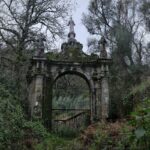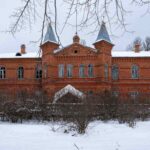The Antico Stabilimento Termale or Terme Alte in Porretta Terme (BO) is located in the Apennines, on the slopes of Monte della Croce, downstream of the narrow Sassocardo gorge, along the bed of the Rio Maggiore River, on the border with the territory of Pistoia, at the top vertex of the triangle that delimits the town.
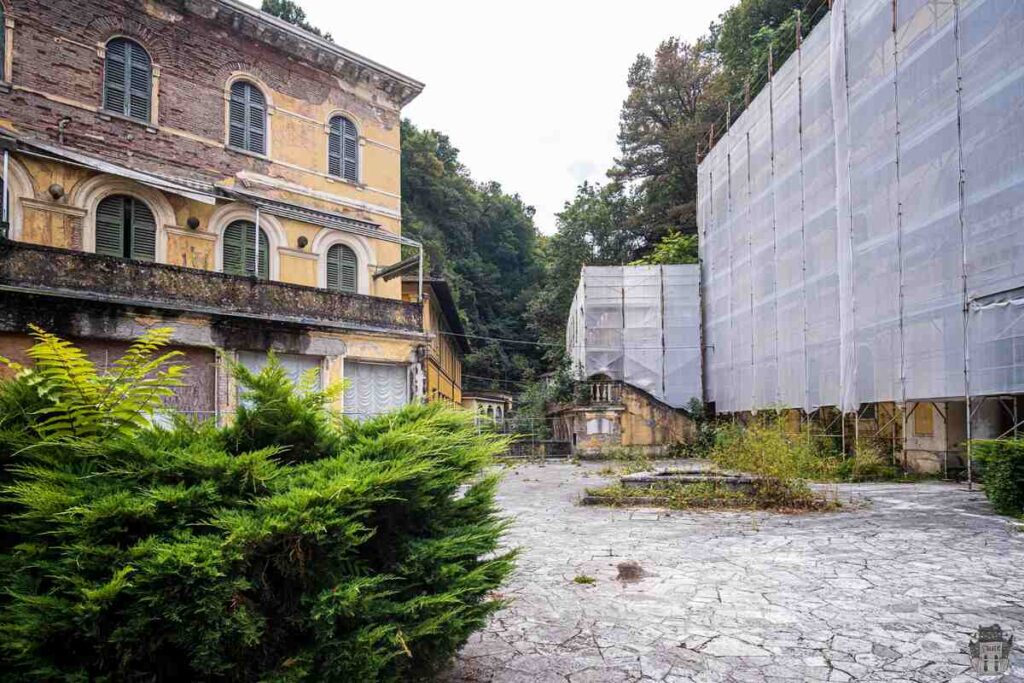
A historical tapestry
Several salso-bromo-iodine springs gush in this place from which the Marte Reale, Donzelle and Leone-Bovi spas take their name. The thermal baths of Porretta, among the oldest and most renowned thermal springs, were already attested as early as the 12th century and were given a major boost in the 19th century with the construction of the railway. The architectural complex consists of the ancient thermal establishment and the surrounding accommodation facilities – now disused – that once formed the Albergo delle Terme. The buildings overlook a small square in the centre of which is a small fountain with a basin, also in disuse. Inside the Terme Alte is the Sala Bibita, also known as Grottino Chini, which consists of a small rectangular room that was used for the distribution of the salso-bromo-iodine waters called Leone and Donzelle. Inside is a masterpiece: its walls are covered with thousands of majolica tiles made in the early 20th century by Galileo Chini, the most important Italian exponent of the Art Nouveau period.
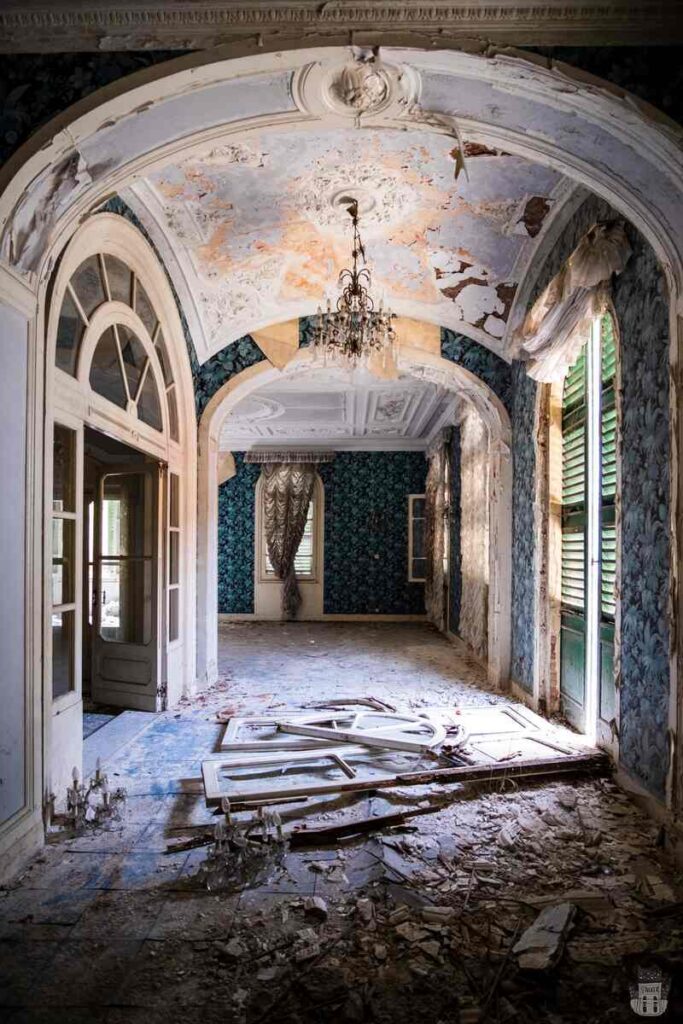
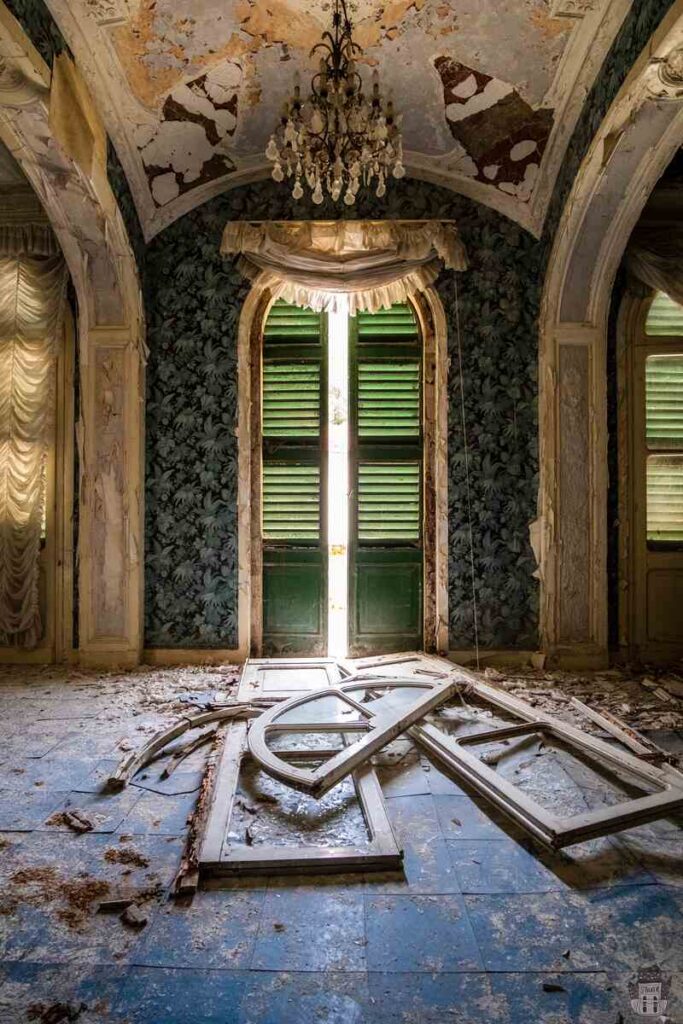
The Legacy of Galileo Chini
The trademark of the Fornaci San Lorenzo ceramics factory founded by Galileo Chini can be seen on the door jambs of the entrance to the Sala Bibita. The Chini factory is still active in Borgo San Lorenzo (FI) and the spa complex was originally enclosed by a gate, of which only the fences remain today, unfortunately closed to the public.
Legend of the Healing Waters
The history of the ancient thermal baths of Porretta, set in the greenest woods of the Bolognese Apennines, is lost in legend. It seems that an ox abandoned by its master because it was ill, returned home in full vigour after drinking from the thermal water springs. Known since Roman times (ample archaeological vestiges remain, at the point where the medicinal waters still flow in the upper part of the town and the famous mask depicting the head of a lion found on the bed of the Rio Maggiore in 1888 and for years the symbol of the spa) and perhaps already frequented by the Etruscans (a fragment of a statue has been found), the Terme di Porretta soon became a popular destination for statesmen, illustrious men of letters and wealthy people, who not only quenched their thirst at the miraculous springs but also left important testimonies in their writings.
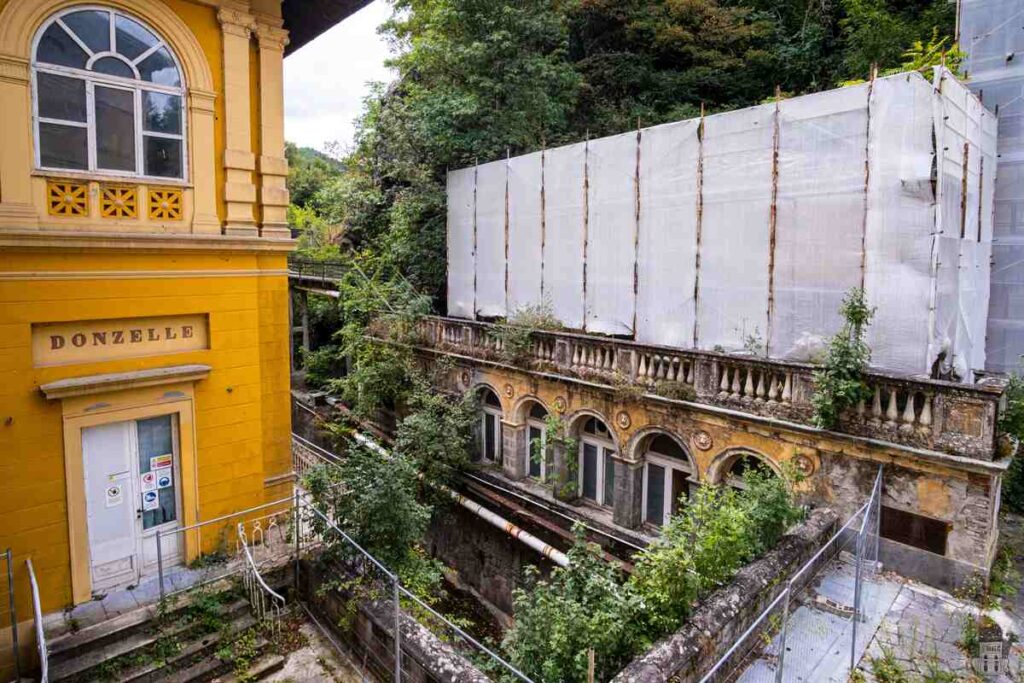
Change of kingdoms and eras
And so, from the devout Middle Ages through the splendours of the Renaissance, the notoriety of Porretta and its waters grew: Lorenzo the Magnificent, Bianca Cappello consort of Grand Duke Francesco I de’ Medici, Cardinal Francesco Gonzaga and Giovanni Sforza Visconti, we are left with important quotations over time, such as those of the famous Prato merchant Francesco di Marco Datini who mentions it in some of his correspondence dating back to 1387, and that of Niccolò Macchiavelli contained in Act I of the Mandragola which reads: ‘Oltra di questo, io parla iersera a parecchi medici. L’uno dice che io vadia a San Filippo, l’altro alla Porretta, e l’altro alla Villa’.
From the 16th to the 18th century, the development of the thermal baths coincided with the rule of the Ranuzzi county, whose seigniory ended with the French Revolution, when Porretta became part of the Napoleonic Empire, and then passed under the Papal State in 1814 and into the Kingdom of Italy in 1859.
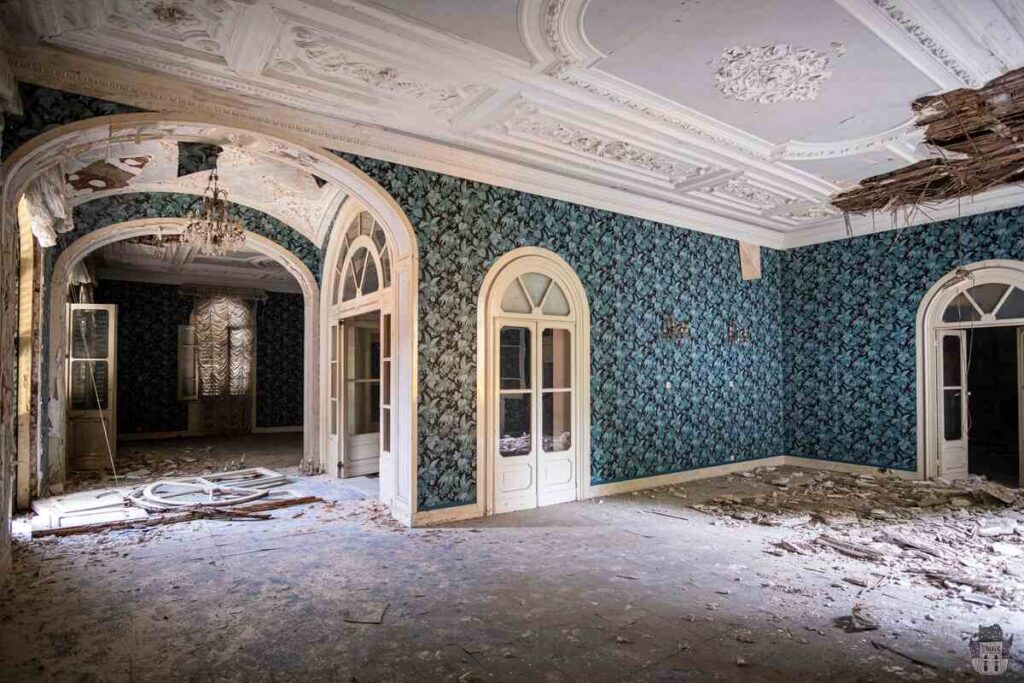
Belle Époque and notable personalities
We then come to the refined atmospheres of the Belle époque, and finally to mass tourism in the post-war period. As photos from the early 20th century testify, the courtyard in front of the spa complex was not only a place to perpetuate the age-old ritual of access to the healing waters but also represented an exclusive meeting point for the most elegant guests, who came here to relax, to be together, even to dance to the sweet notes of a small orchestra. These are the dreamlike atmospheres that have inspired many famous directors. From Pupi Avati, who directed “Una gita scolastica” (A School Outing) (1983) here, to Cristina Comencini, who found in the ancient thermal baths an ideal, as well as an obligatory, setting to film the more recent “Va dove ti porta il cuore” (Go Where Your Heart Leads You) (1996), based on the novel of the same name by Susanna Tamaro, set in the spa town itself.
Great history has passed through Porretta, which has been seduced by the fine living that can be breathed in these places, and by the atmospheres full of charm and refined elegance. All this is housed in the ancient spa complex and the natural environment that envelops the buildings like the setting of a theatre.
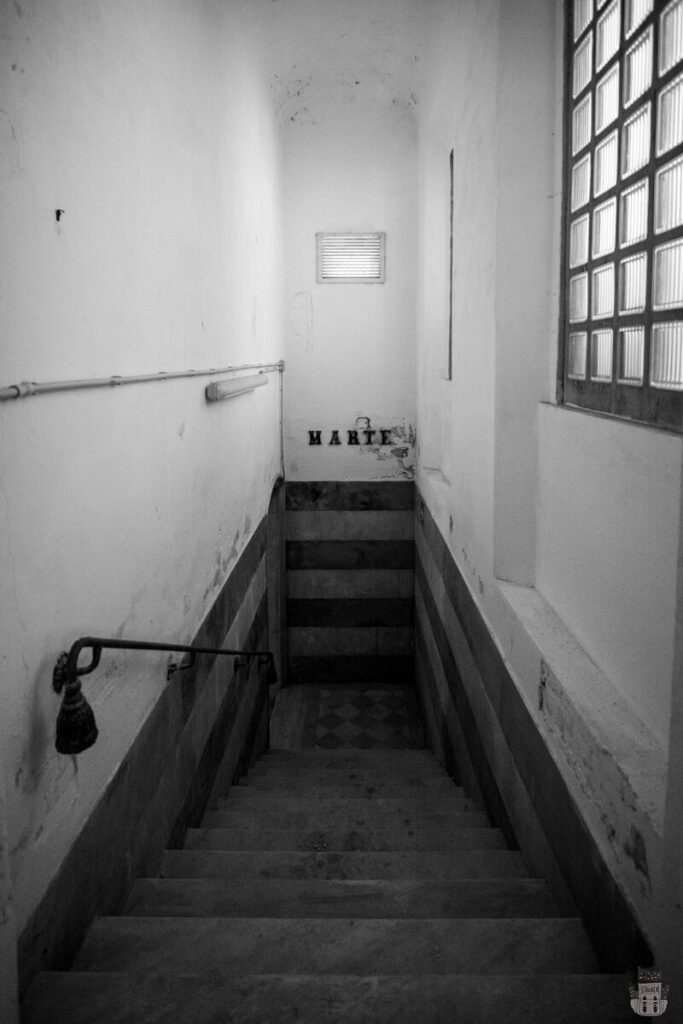
SOS Terme Alte
The entire complex, abandoned for twenty years, after the splendours of past years, is in a state of serious disrepair and cannot currently be visited. The aim of the vote collection, led by the ‘SOS Terme Alte‘ committee, is to point out the deplorable state of the property, owned by a private group, and to call for its recovery and use compatible with its history and return this structure to the population. The vote collection became an opportunity to cement ties between all the municipalities in the area and to think of projects and activities to relaunch the entire Apennines of Bologna.
Famous personalities also took to the field to support the vote collection: the “Maestrone” Francesco Guccini, who also launched a heartfelt appeal in defence of a place from his childhood; director Pupi Avati, who has always been fond of Porretta, which, as we have already written, was chosen as the backdrop for the film “Una gita scolastica” (A school outing); and the Archbishop of Bologna Matteo Zuppo, who spoke in a very affectionate manner.
100 thousand euros would be coming from the Region for the Ancient Spa Establishment of Porretta. Governor Stefano Bonaccini, who visited the Alto Reno Terme area in April 2019 with regional councillor Igor Taruffi and mayor Giuseppe Nanni, promised them.
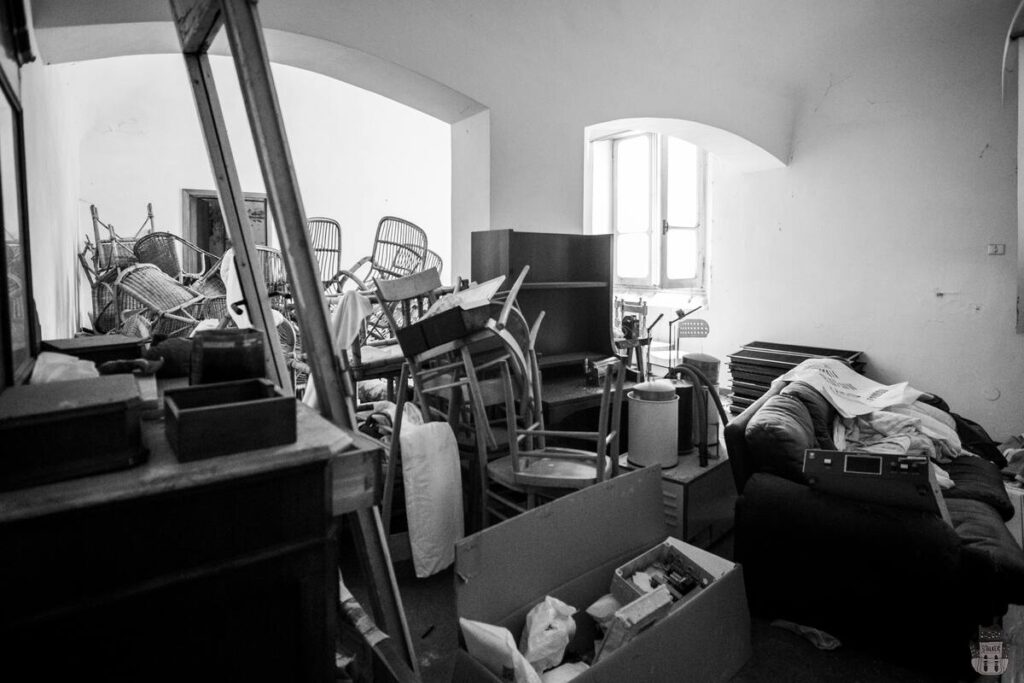
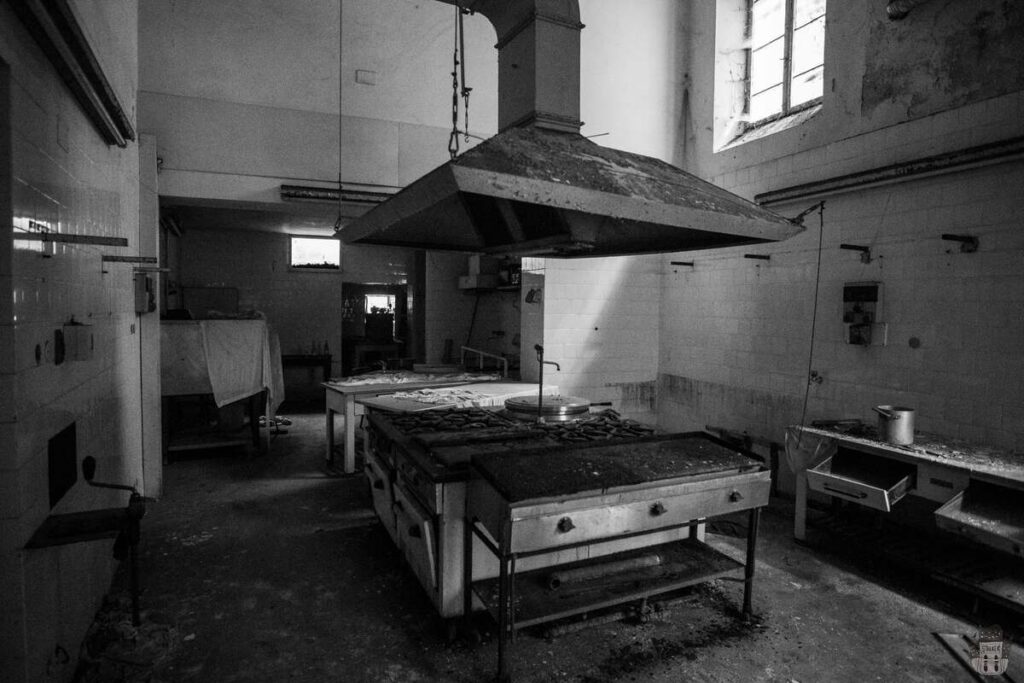
Urbex location:


